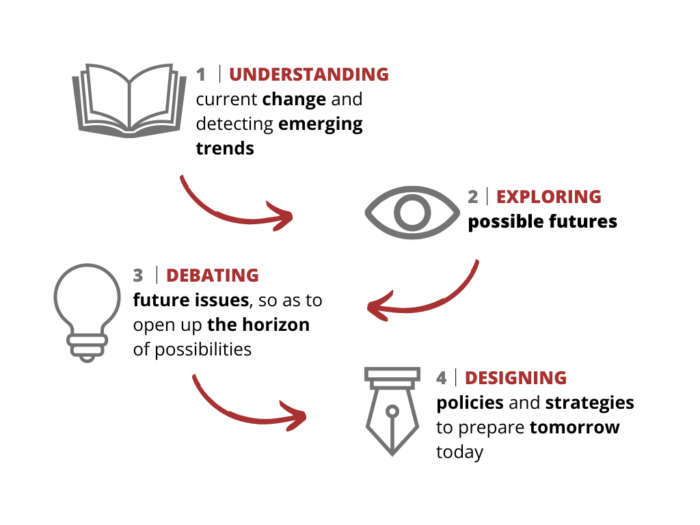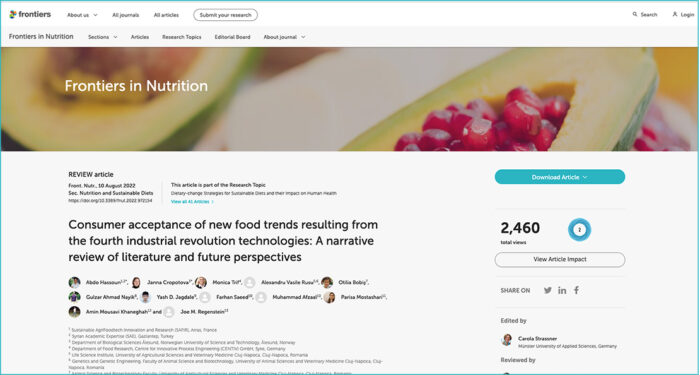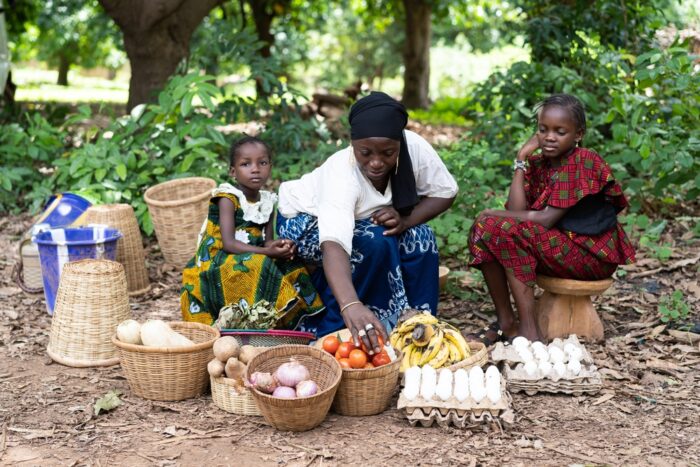In a context of high food price rises since 2007, trends in the eating patterns of individuals are an essential factor that can help us to anticipate changes in the agricultural and agrifood markets, if not, indeed, suggest a number of possible courses of action.
In 2006, the “Foresight Group” of the Normandy Chambers of Agriculture carried out an in-depth study of the eating patterns of French people to 2020, the aim of which was to assess the resulting development of agricultural demand. An original feature of this study was the fact that it adopted a viewpoint “from the field” rather than “from the plate”. In other words, its reasoning is based on the global impact on agricultural raw materials, whatever the form taken by the produce consumed (unprocessed or transformed by the agrifood industry) or its place of consumption.
After a presentation of the key variables (economic growth, consumer income, public health policies etc.), among which income plays a crucial role, four possible scenarios were proposed. These were a scenario based on current trends, which projects forward the situation we see today; a “Nordic” scenario, based on a better economic situation, more egalitarian income-distribution and active health/nutrition policies; a scenario tending toward the U.S. model and, lastly, a crisis scenario against a background of economic stagnation and increased inequality. Each of these scenarios specifies the impact that would ensue in terms of agricultural demand for each broad area of produce. The usefulness of such a study of eating patterns is more than ever confirmed by recent developments, which are tending to tilt the balance, for the moment, towards the crisis scenario.
What will the French Eat in 2020? The Lessons of a Regional Foresight Study
Cet article fait partie de la revue Futuribles n° 348, jan. 2009


